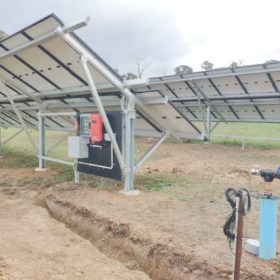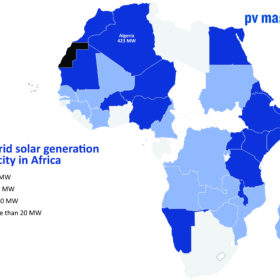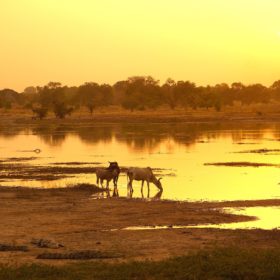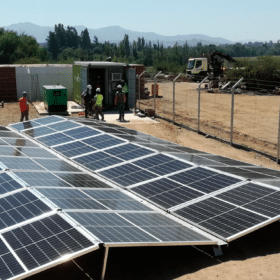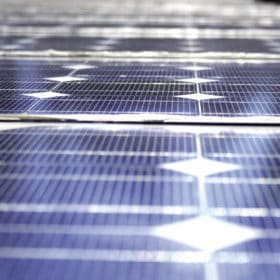Solar+battery project has Australian town on target for 100% renewables
The small town of Yackandandah in northeast Victoria is one step closer to being powered by 100% renewable energy with the state’s first behind-the-meter, community-owned solar PV and battery energy storage system the latest addition to its community’s energy generation strategy.
Renewables powered island can be an outlier for the Greek archipelago
The Greek Ministry of the Environment and Energy has signed a memorandum of understanding with a clutch of private companies to turn the small Aegean island of Halki green as a demonstration of the effectiveness of its planned GR-Eco Islands Initiative.
Solar water pumps – cheaper, easier but routinely underestimated
Australia’s Commodore Independent Energy Systems has evaluated how much customers save by using solar water pumps compared to diesel or mains-connected pumps.
East African renewables developers and investors need matchmaking
Lack of grid capacity and renewable energy institutions are a common lament in sub-Saharan Africa but there is no lack of cash to invest, nor eligible projects in East Africa, as a recent event heard; the problem lies in marrying the two.
World Bank supports Burkina Faso’s rural solar electrification with $168m
The funds will be used to implement the country’s Large Scale Solar and Rural Electrification Project. They will also support the government in outlining an upcoming tender for 325 MW of solar coupled with 335 MWh of storage capacity.
Germany commits another €238m for clean power and energy efficiency in Bangladesh
The cheap loan package agreed at the weekend is part of a wider €340 million development deal and extends Germany’s record of promoting the energy transition of the South Asian nation.
Rockefeller and Ikea foundations pledge $1bn for small scale renewables
With ‘shovel-ready’ projects across India, Africa and Latin America in line for a mix of grants, cheap loans, equity investment and financial guarantees from this year, the two bodies hope to trigger $20 billion in total funding and bring reliable power to a billion people.
Plug-and-play mobile PV system to power solar parks’ construction sites
A Spanish renewable energy company has installed its first, pilot mobile PV unit at a new detention center in Chile.
UN wants to reduce carbon footprint of peacekeeping
The international organization has pledged to deploy clean energy generation equipment wherever possible in its global operations, with the help of the International Renewable Energy Agency.
Upscaling PV-powered irrigation in India
India’s PV-powered irrigation mission has had a sluggish run, even though the PM-KUSUM scheme provides flexibility and budgetary support for system implementation. An IEEFA report highlights the need to address key challenges at state level to increase deployment.


